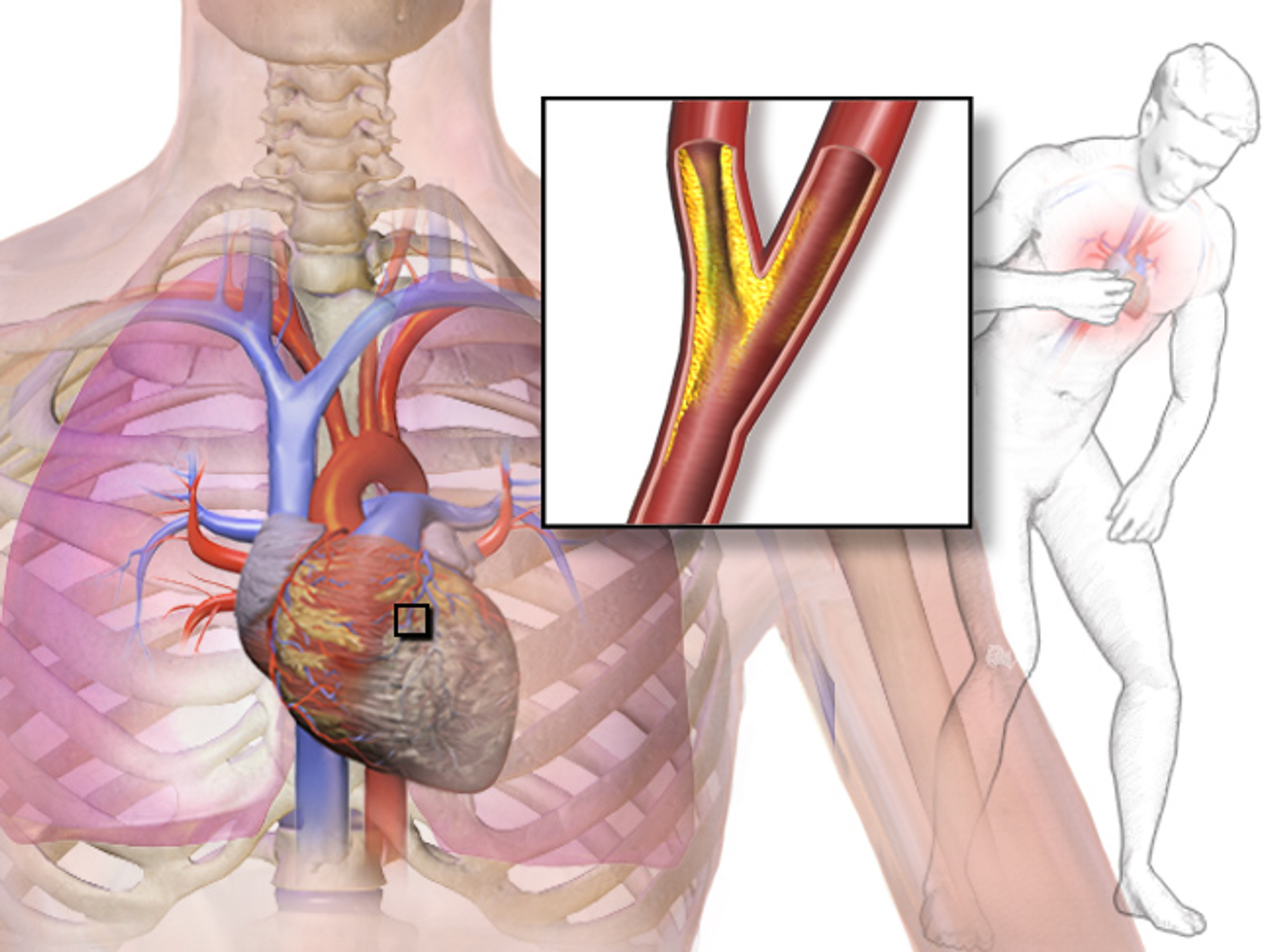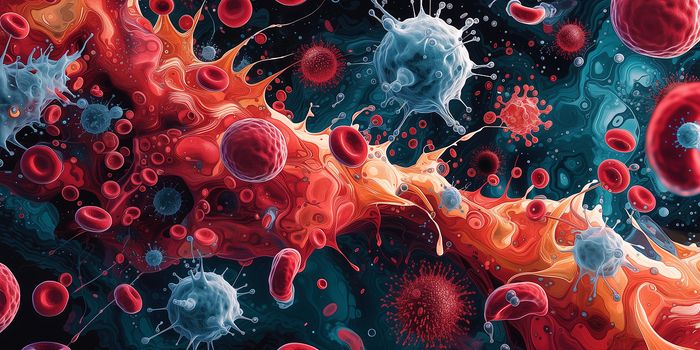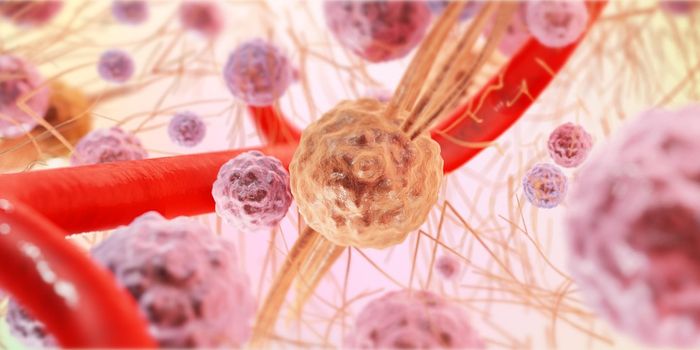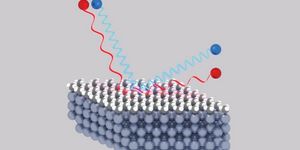Misguided Immune Cells Treat Heart Attacks As Viral Infections
As cardiac cells begin to die by the masses after a heart attack, the immune system kicks into action as if there were a pathogen invading the body. In a new study headed up by scientists from the University of California - San Diego, researchers describe their discovery of a new role for the immune system in the cellular chaos following a heart attack.
In a new study published in Nature Medicine, scientists aimed to explain why an antiviral immune response launches in the aftermath of a heart attack. "We are interested to learn whether interferons contribute to adverse cardiovascular outcomes after heart attacks in humans," explained University of California’s Kevin King, bioengineer, physician, and lead author of the present study.
The interferon response is part of a huge endeavor by the innate immune response to identify and target viruses and virally-infected cells during an infection. Immune cells recognize viruses by specific molecules on their surface, activate a protein called IRF3, and secrete interferons to warn nearby cells of the viral infection underway. However, scientists found that the interferon response is also turned on after a heart attack even with no viruses detected by the immune system. But instead of viral molecules triggering the defensive response, dying cell DNA initiates it.
While immune cells in the heart tissue following a heart attack can be helpful, removing “cellular debris” from dead and dying cells and helping with the beginning of the repair process, too many immune cells can promote harmful inflammation and further dysfunction in an already-damaged heart.
Researchers realized it was the interferon response that was bringing copious amounts of immune cells to the heart during their study using single-cell RNA seq, a technology that allowed for mapping the transcriptomes of nearly four thousand individual immune cells. A cell’s transcriptome is a collection of all of the transcribed DNA in a cell; DNA has to be transcribed before the cellular machinery can produce proteins.
After a heart attack, DNA from dying cells acts like a virus in that it “activates an ancient antiviral program” in immune cells, the type I interferon response. Scientists refer to the cells that misguidedly activate this response “interferon inducible cells” (IFNICs). Their study of cells’ transcriptomes also lead to the novel identification of a unique type of cardiac macrophage never before seen by scientists.
In mice, researchers tested the effect of blocking the interferon response, and they saw that it resulted in less inflammation, less heart dysfunction, and improved survival, between 60 and 95 percent, indicating their discovery of a potentially new way to provide treatment following a heart attack and to reduce the risk of further heart disease.
Going forward, the research team from the present study plans on studying more about the interferon response in the context of heart attacks as well as the IFNIC cell population and how both are involved in repair following a heart attack.
Sources: National Human Genome Research Institute, University of California - San Diego









